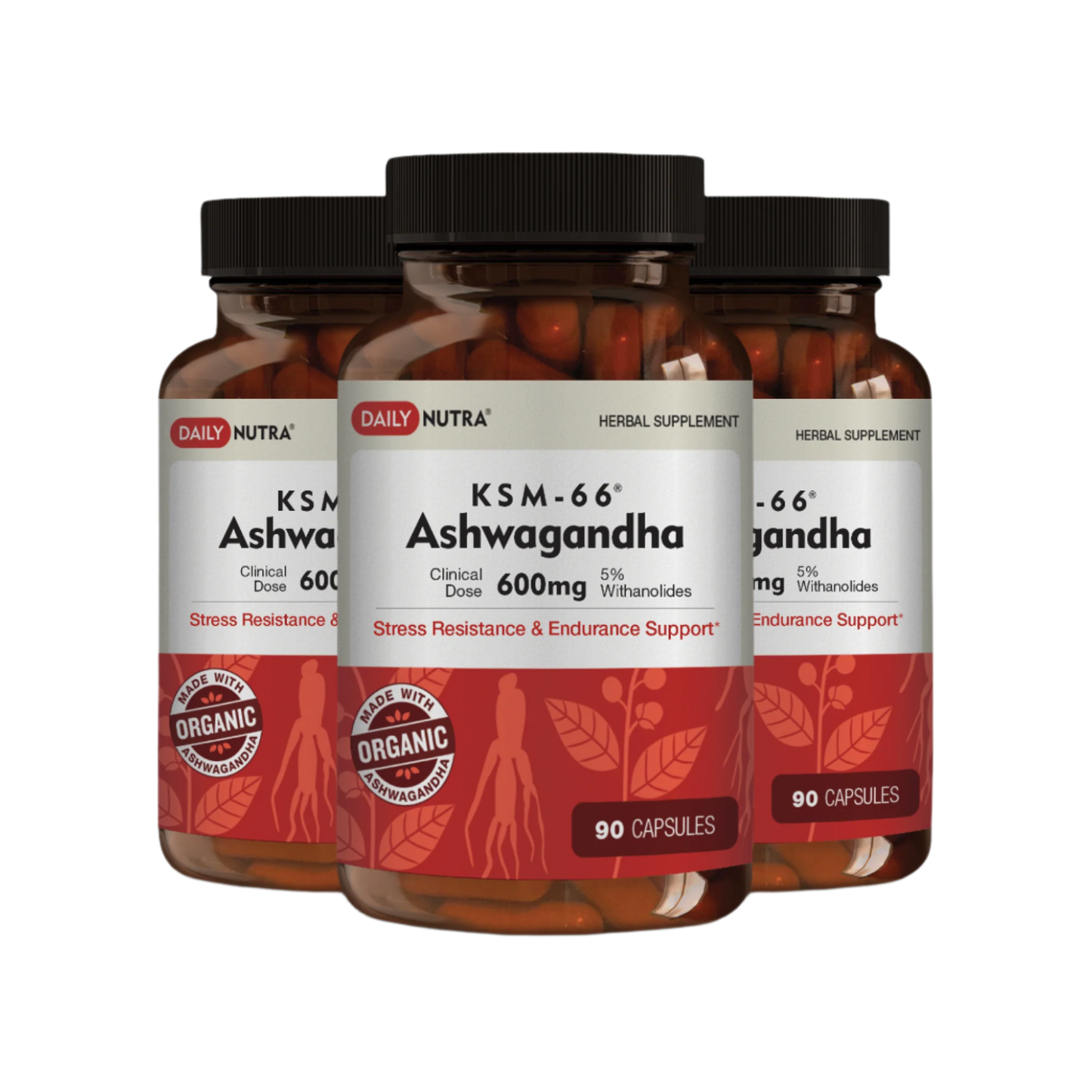
Trametes versicolor is the scientific name for turkey tail mushrooms, and it is widely recognized internationally and in the scientific community.
In addition to their medicinal advantages, their colorful wing-shaped bodies make them attractive to mushroom hunters, scientists, and wellness enthusiasts.
The environment in which turkey tail mushrooms flourish and their typical habitat remains a point of inquiry.
This article will discuss where to find turkey tail mushrooms in the wild, their preferred habitat, and their distinctive development patterns' critical role in the ecosystem.
We'll also discuss their health advantages and advise on collecting them ethically.
What Are Turkey Tail Mushrooms?
Turkey tail mushrooms are a fungus that prefers hardwood species and grows on decaying logs.
Their vibrant cap designs mimic the feathers of wild turkeys, which is how they got their name.
People can identify turkey tail mushrooms in their native habitats because of their diverse color variations, which include brown, red, yellow, and even purple tones.
The mushrooms display visible beauty while offering health-positive qualities that make them highly sought after.
The antioxidants and polysaccharides found in turkey tail mushrooms, together with beta-glucans, contribute to supporting immune and gut health as well as overall well-being.
Turkey tail mushrooms are an important component of supplements and herbal medicine products due to their wide range of medical uses.
Where Do Turkey Tail Mushrooms Grow? Exploring Their Ideal Growing Conditions
Certain conditions are necessary for turkey tail mushrooms to flourish in their environment.
They have stringent environmental demands because turkey tail mushrooms require precise temperature, moisture levels, and certain growing substrates.
Climate and Temperature
Temperate regions with moderate humidity and rainfall are ideal for growing turkey tail mushrooms.
They proliferate throughout the landscape in the fall and early spring because they do best in temperatures between 50 and 75 °F (10 and 24 °C).
These mushrooms cannot survive frost conditions because they lack cold tolerance, so you will mainly detect them in milder climate areas.
Warmer climates with shady spots are ideal for turkey tail mushroom growth because they offer protection from strong sunlight and hot summer temperatures.
Preferred Substrates and Wood Types
Turkeytail mushroom growth requirements heavily depend on their preferred substrate choice.
These mushrooms break down dead organic matter as saprotrophic organisms to obtain nutrients.
Turkeytail mushrooms typically thrive on dying or dead oak, maple, beech, and birch hardwoods.
The mushrooms naturally grow best on dead wood surfaces like fallen logs or stumps, including dead branches, since they use these structures to break down wood while benefiting forest nutrient cycles.
Hardwood trees are Turkey tail mushrooms' preferred habitat, though they sometimes ignore coniferous wood types.
Because of the unique way hardwoods are structured, turkey tail fungi may grow and flourish there.
Geographic Locations
Turkey tail mushrooms naturally grow throughout forests of the world's temperate zones.
They live in three main areas of North America: the Eastern Seaboard, the Appalachian Mountains, and the Pacific Northwest.
Turkey tail mushrooms thrive in forests with European and Asian climates and environmental characteristics.
Turkey tail mushrooms spread across all temperate regions since their habitats match these conditions.
They can be located throughout woodlands, parks, and nature reserves, which have abundant biodiversity.
Turkey Tail mushrooms exist in specific regions of the United States.
After understanding the perfect environmental conditions for turkey tail mushrooms, we can explore their natural habitats in the wild.

Common Habitats
The preferred habitat of turkey tail mushrooms includes moist wooded domains that provide accessible sites for decomposing organic materials.
Check dead trees, stumps, and fallen logs, as these locations are ideal for growing turkey tail fungi.
The natural habitat of turkey tail mushrooms includes forest areas, streamside, and wetland regions where humidity begins to rise around creek beds.
These mushrooms thrive in environments with steady moisture levels.
People can identify wild turkey tail mushrooms through their clustering growth patterns on fallen wood objects and tree stumps.
Turkey tail mushrooms develop as close-knit clusters that frequently overlap when growing on logs, stumps, and trees.
Their distinct shape shows as wide fans displaying various ring patterns of brown to orange through yellow, sometimes including purple and blue hues.
The caps of turkey tail mushrooms range from 2 to 5 centimeters across.
They present a velvety look combined with slight curvature.
The undersection of the cap surface contains tiny pores instead of gills and appears white.
Once you understand their unique appearance, observing turkey tail mushrooms becomes simple.

Turkey Tail Mushroom vs. False Turkey Tail
To recognize real turkey tail mushrooms, people must know how to tell them apart from their cousins who appear like them, which are called false turkey tail mushrooms.
Despite having similar morphologies, the two mushrooms are different in key ways.
False turkey tail mushrooms (Stereum ostrea) resemble turkey tail mushrooms in appearance but remain inedible substances that resemble one another when observed as fan-shaped shapes (1).
The real turkey tails showcase vivid colors and exclusive patterns that the false ones cannot match.
The texture of false turkey tail mushrooms is smooth, and their color is pale.
Observing these features will help you identify which specimen is true or false:
True turkey tails have an appearance defined by multi-colored bands that show brown, tan, yellow, and purple tones, while false turkey tails maintain dull shades.
The surface texture of Turkey tails appears velvety with slight hairiness, but False turkey tails demonstrate smooth leather-like textures.
The surface of real turkey tails features noticeable pores, whereas false turkey tails possess either a flat surface or shallow wrinkles.
The existence of Turkey Tail mushrooms is restricted to particular forest regions.
Turkey tail mushrooms serve an important environmental purpose as decomposers that break down dead wood and natural materials in forest environments.
Essential soil nutrients that stimulate plant development and other living organisms are restored by decomposing Turkey tail mushrooms.
Turkey tail mushrooms improve forest health by colonizing dead wood and decaying tree logs, enhancing the forest ecosystem's ecological richness.
Role in Nature
Turkey tail mushrooms effectively process strong wooden fibers to ensure the proper cycle of organic forest materials.
Dead trees and branches need to decompose through this vital process to prevent their accumulation, which will adversely affect new plant and tree growth.
Turkey tail mushroom decomposition regulates the spread of plant pathogens (2).
To stop the spread of disease, they decompose contaminated materials.

Why They Thrive in Certain Environments
Turkey tail mushrooms grow best in environments containing plenty of organic materials and moisture combined with light protection from direct sunlight. They use decomposing wood as their food supply, while moist forested areas provide the necessary environmental conditions for hydration.
The best-growing conditions for turkey tail mushrooms are damp, shaded areas with high humidity and ideal temperatures.
Symbiosis with Other Organisms
Turkeytail mushrooms develop in biological association with fungi, trees, and plants. Through decomposition processes, turkeytail mushrooms enable the survival of other organisms by making the essential nutrients trapped in organic matter accessible. The ecosystem benefits entirely because this relationship allows a healthy variety of species.
The proper procedure to gather Turkey Tail Mushrooms
The practice of sustainable mushroom harvesting demands following ethical guidelines for those who wish to collect turkey tail mushrooms. It is essential to avoid removing every single mushroom from one area to allow the lifecycle to preserve and spread its spores for future reproduction.
Tips for Ethical Foraging
Mature turkey tail mushrooms should be the only ones harvested since cutting younger specimens enables their growth and the dispersal of spores.
Persons should limit their mushroom harvesting from a single area to prevent harming the resident fungal population.
To maintain environmental integrity, mushrooms must be cut from the wood using clean tools, such as scissors or knives.
Safety and Preparation Tips
Before consuming turkey tail mushrooms, people should make sure they are safe and that they are identified.
Although turkey tail mushrooms are generally safe for human consumption, their rough texture makes fresh specimens unpleasant.
Many people use pills, tinctures, and tea to reap the benefits of turkey tail mushrooms.
Preparing turkey tail mushrooms involves complete drying, followed by grinding them into a powder, which can be used to make capsule forms or tea solutions.
Experts use the medicinal fungus to make nourishing tea, which boosts the immune system.

Benefits of Turkey Tail Mushrooms
Turkey tail mushrooms are good for the whole body and can help increase immunity, among other health benefits.
The significant amount of polysaccharides, such as beta-glucans, promotes antioxidant defense and immune system strengthening.
Health Benefits
These mushrooms are known to enhance human immune function.
The polysaccharide compounds in turkey tail mushrooms trigger immune cell activity to better protect the body against infections and diseases (3).
The antioxidants present in these mushrooms defend against oxidative stress and free radical destruction.
Specific Benefits for Women
Turkey tail mushrooms demonstrate special health advantages for females because they aid in hormone management and promote gut wellness (4).
Turkey tail mushroom prebiotic fibers work to develop a healthy microbiome that supports both digestive wellness and immune response function (5).
The antioxidants present in turkey tail mushrooms assist in safeguarding the body from age-related diseases.
Final Thoughts
Wood degradation in damp environments is ideal for growing turkey tail mushrooms.
Due to their twin roles in maintaining forest ecosystems and recycling nutrients, turkey tail fungi are extremely important to nature.
Anyone who wants to go mushroom hunting or use turkey tail mushrooms to boost their immune system must find their habitats.
By learning about the environments in which turkey tail mushrooms grow, you can benefit from their many health benefits and cultivate a closer bond with the natural world.
Safe mushroom foraging allows you to enjoy these species while actively supporting their longevity for future ecological cycles.
🍄 Boost your health with nature’s magic! Find where turkey tail mushrooms grow and how they enhance wellness. ✨
FAQs on Where Do Turkey Tail Mushrooms Grow
What areas should you look for turkey tail mushrooms in?
The ideal living environment for Turkey tail mushrooms consists of moist temperate forests where they typically choose rotting hardwood logs and tree stumps as their habitat.
Do the species of mushrooms that resemble turkey tail mushrooms contain poisonous elements?
False turkey tail mushrooms share similarities with the edible version, except they sport unwelcoming color tones and touch sensations. Before eating these mushrooms, people should properly identify them.
Where can you locate the turkey tail mushroom?
Turkey tail mushrooms exist within diverse temperate climate regions, including the Pacific Northwest section of the United States and its eastern boundary, and extend to various parts of Europe and Asia.
Can you eat turkey tail mushrooms?
Turkey tail mushrooms serve as food products, but people typically use them as supplement teas instead of eating their tough bodies.
What methods should people use to prepare turkey tail mushrooms for consumption?
Dried turkey tail mushrooms can be consumed as powder, the raw material for tea preparation or capsule and tincture production.
Related Studies
1. Title: Turkey Tail Mushroom Identification.
This guide provides information on identifying true turkey tail mushrooms (Trametes versicolor) and distinguishing them from false turkey tail mushrooms (Stereum ostrea).
Link: https://mdc.mo.gov/discover-nature/field-guide/turkey-tail-mushroom
2. Title: White-rot fungi as decomposers in forest ecosystems.
Although not specifically focused on Trametes versicolor, this topic page discusses the role of white-rot fungi, including Trametes versicolor, in decomposing wood and contributing to nutrient cycling.
Link: https://www.science.gov/topicpages/t/trametes+versicolor+atcc.html
3. Title: The mycelium of the Trametes versicolor (Turkey tail) and its immune-activating bioactivity.
This study demonstrates that the immune-activating effects of Trametes versicolor are due to a combination of the mycelium and the fermented substrate, highlighting the role of beta-glucans in immune modulation.
Link: https://pubmed.ncbi.nlm.nih.gov/31791317/
4. Title: Effects of polysaccharopeptide from Trametes versicolor on the human gut microbiome.
This study shows that polysaccharopeptide from Trametes versicolor acts as a prebiotic, modulating the human intestinal microbiome composition.
Link: https://pubmed.ncbi.nlm.nih.gov/25006989/
5. Title: Trametes versicolor polysaccharides in cancer treatment.
While not specifically focused on women's health, this study discusses the immunostimulatory effects of Trametes versicolor polysaccharides, which could indirectly benefit women by enhancing immune function.
Link: https://pmc.ncbi.nlm.nih.gov/articles/PMC7277906/





